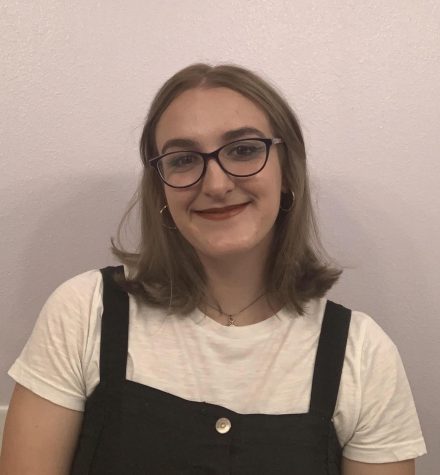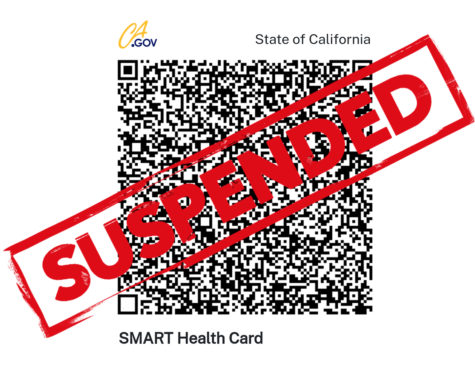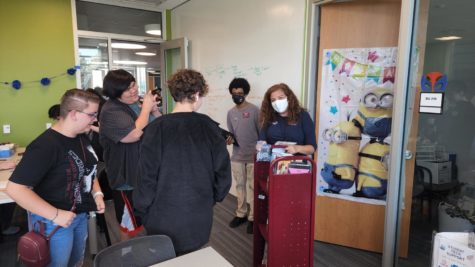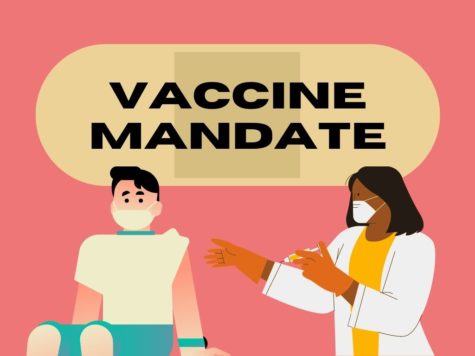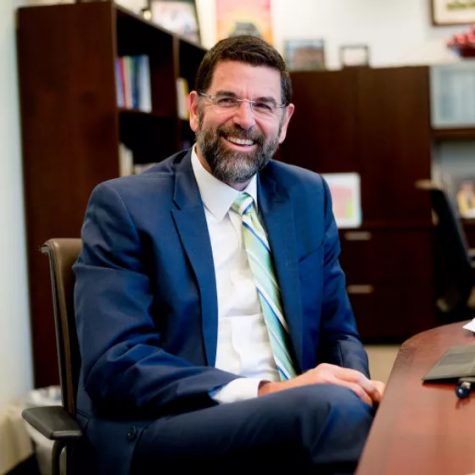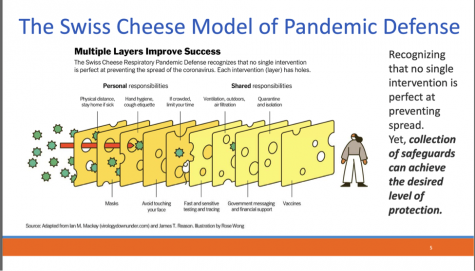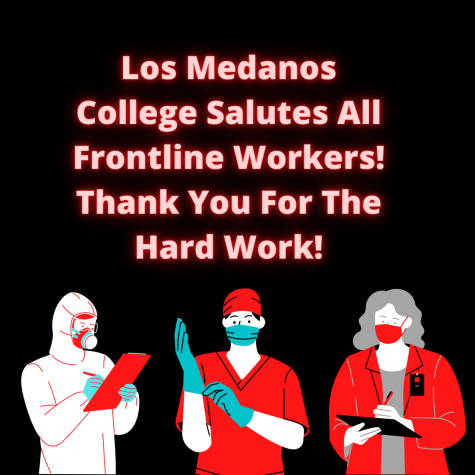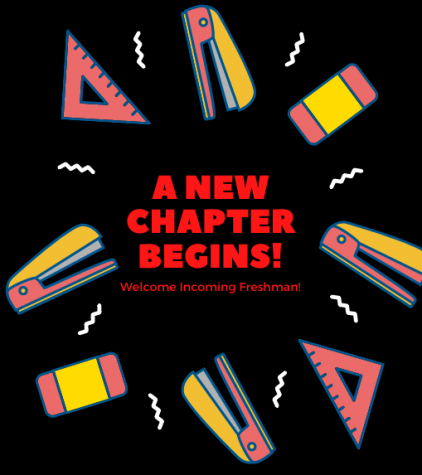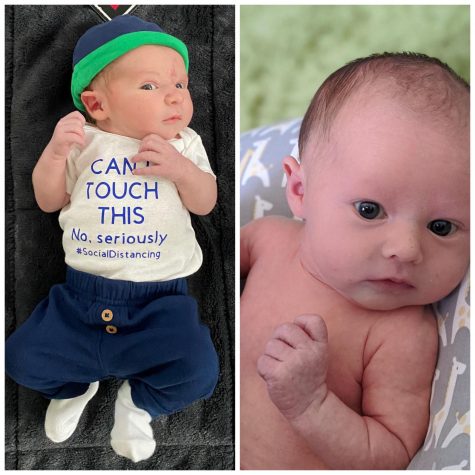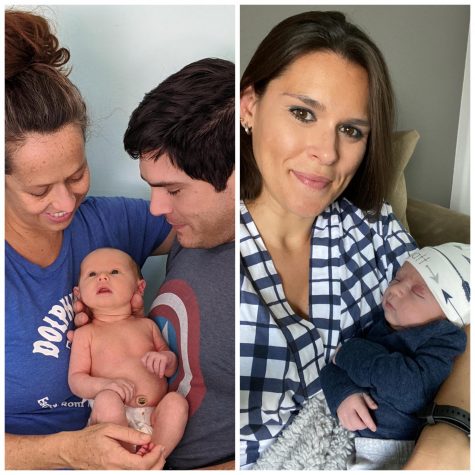First hand experience with COVID-19
Three Bay Area individuals out of the 29.2 million Americans diagnosed with COVID-19 share their experiences.
March 22, 2021
The first case of COVID-19 in the United States was reported Jan. 20, 2020 and little information was known about the virus or it’s severity. There was no way to predict its devastating impact, no way to guess there would be over 29.2 million cases and 500,000 deaths in the country.
Although doctors and scientists are still uncovering information about how COVID-19 attacks the body, three members of the local community share what it was like to contract the virus and cope with the illness.
Abby Muse, a Heritage High School alumni and Boise State University freshman, contracted the virus last October after moving onto campus for the first time.
“My symptoms weren’t very serious at all,” said Muse, “I just had, you know, a headache, some stomach issues, but again, nothing serious. I was very lucky.”
As a college freshman, Muse was in a new environment, states away from her family. She was initially afraid when she contracted the virus, especially since she was quarantined alone in an unfamiliar dorm, but this fear was quickly alleviated with the support of her school and peers.
“My coaches were very supportive. They checked in on me all the time, they brought me food. The nurses on campus at the isolation dorms were great, they checked in on me everyday,” she said, “I felt super supported, and although I was by myself, I didn’t feel alone.”
It was kind of like this escalating rollercoaster where I felt symptoms and then I’d be fatigued, then the fatigue would go away, then I’d feel semi-normal… but then those symptoms would hit again, and they would hit harder
— Ryan Hiscocks
Muse experiences no lingering symptoms from COVID-19, but as a forward on Boise State’s women’s basketball team, getting back into shape proved to be a challenge. But with monthly heart checks and regular exercise, she is able to continue playing with no issues, unlike some of her peers who also contracted the virus.
“Some of my teammates need an inhaler because it gets hard for them to breathe sometimes when they are playing,” she said, “But I’m very fortunate and that doesn’t seem to be the case for me.”
LMC political science professor Ryan Hiscocks discovered he had the virus while preparing to go on a backpacking trip to the Sierras last August. His wife took a COVID-19 test out of precaution and tested positive for the virus. About five days later, Hiscocks began to experience symptoms.
“I’ve had the flu before… like a normal person I’ve had a variety of sicknesses over my lifetime… so it was weird because I had never been sick like this,” said Hiscocks, “It was definitely a different thing than I’ve ever experienced.”
He described his symptoms as “textbook,” having a fever, dry cough, loss of sense of smell, taste, chest pains and fatigue. The virus was inconsistent, with his symptoms alternating every few days.
“It was kind of like this escalating rollercoaster where I felt symptoms and then I’d be fatigued, then the fatigue would go away, then I’d feel semi-normal… but then those symptoms would hit again, and they would hit harder,” he said.
Despite these symptoms, Hiscocks never felt the need to go to the hospital. But in quarantining at home with his family, he was afraid of possibly passing the virus to his two young children.
“You’re also, on a personal note, worried to death that your kids don’t develop this thing and it’s worse for them than it is for you,” he said, “And that’s really kind of where my fear was.”
His children never contracted the virus and he recovered after two weeks. Although his wife has yet to regain her sense of smell and taste, he experiences no lingering symptoms.
LMC Biology Professor Briana McCarthy contracted the virus last September, despite the fact that she had been following safety precautions closely. However, with her partner working in the medical field, COVID-19 was difficult to avoid. Her partner spread the virus to their newborn daughter and she gave it to McCarthy.
“What was weird was that it hit us all really differently. Like my partner, he was hardly sick at all,” said McCarthy, “And then [the baby] got it, and it was really different in her… and then me, I feel like I had every single symptom.”
As a new parent, McCarthy was already tired, but when her baby got sick, exhaustion reached a new level. For two weeks, she was simultaneously trying to take care of her daughter while experiencing new symptoms daily. Even small attempts at everyday activities became difficult.
“I sat down on our stationary bike,” she said, “And I had, like a, I don’t know, like a breathing attack. I couldn’t catch my breath after cycling for like a minute.”
Since she had given birth earlier in the year, McCarthy had used her sick leave from the college as maternity leave and was left with little available time when she contracted the virus. In an act of kindness, the dean of Math and Sciences Ryan Pederson put together a “leave pool” where LMC staff donated additional hours to McCarthy so she could get proper rest.
“I had just enough leave to get me through the end of fall and didn’t use any of the donated leave, but it was like the gesture of everybody donating that… that made me feel very supported and lucky to be part of the community,” she said.
McCarthy has recovered, but occasionally experiences shortness of breath and struggles with migraines. She now exercises weekly to build the strength she lost.
While these accounts each reveal aspects of the virus those who contract it and recover from it have been dealing with for a year now, more than half a million were less fortunate. With the roll out of the vaccines there is hope that COVID-19 cases will decrease within the next year. In the meantime, health experts caution that continuing pandemic protocol – wearing masks, social distancing, staying home and washing hands –is vital to ensuring individuals avoid COVID-19 and the possible harm it can cause.


